

| Marissa Branton | Fall 2002 |
| History 1302 | Hines |
How many small towns could there possibly be in Texas? Not many people know off the top of their head. Small towns are where hisory is made, they are where history was created. The county seat of Kerr county, Kerrville, once was that small town where history was being made, but its ever-growing poulation seems to make it not so small anymore. However, being the size that it has come to be, Kerrville still has a little history to it if there is a willingness to look for it.
With a rapidly growing population of over 20,000 residents Kerrville's economy is not slowing down any time soon. Kerrville is located 62 miles north-west of San Antonio in the upper Guadalupe valley. Kerrville is known as "one of Texas' handsomest, boasting a delightful climate," according to the book Backroads of Texas.
FOUNDING FATHERS

In 1837, Joseph A. Tivy and his two sisters came to Texas from Canada. In the 1860s, Tivy fought in the Civil War. Tivy became a surveyor, rancher, Texas ranger, and served in the Texas Legislature. In 1889, Tivy served as the first mayor of Kerrville. During his term in office he gave land for a public school. Classes began in 1891. The same building housed Tivy High School until 1967. {8} In 1844, Joshua Brown was the first permanent Anglo settler to move west to the Curry Creek area. For a living Brown made shingles. In 1856, Kerr county was created from the already existing Bexar county. Within the same year, Brown acquired the legal title and the land became known as Brownsborough - consisting of a shingle mill and a couple of log cabins. Later the town of Brownsborough became Kerrsville and was named the county seat. In 1860, Kerrsville lost the county seat to Comfort during a special election. However, Kerrsville regained the seat in 1862 when Kendall county was created with Comfort falling just in the new county's lines.
THE CIVIL WAR
The Civil War slowed this new development down drastically. Kerrsville barely hung on during the war with the Indians and bushwhackers terrorizing the entire county. In 1873, stock raisers organized a vigilante group that stormed the county jail. The group took three prisoners accused of cattle rustling - they shot one and hung the other two from a live-oak tree. The S in Kerrsville was also dropped during the war leaving the town as Kerrville, now named after James Kerr who never lived in the town.
CHARLES A. SCHREINER
In 1869, Charles Schreiner moved to town and opened a merchantile company and private bank inside a small lumber store shed, therefore creating the Charles Schreiner Co. country store. By 1919, the annual sales of the country store were $600,000. In the heart of downtown Kerrville, the Masonic building was designed by architect Alfred Giles and constructed by Charles Schreiner in 1890. The building became home of the Kerrville Masonic Lodge #697 A.F. & A.M. until 1927. Downstairs tenents included a U.S. Post Office and the C. C. Butt Grocery Store, which would later become H-E-B. By the 1900s Charles Schreiner Co. owned 600,000 acres which stretched from Kerrville to Menard, over 80 miles. Schreiner's busines helped make Kerrville the mohair center of the world and a major exporter of cedar posts. Charles Schreiner's business motto which he may have ran his businesses by was, "Live and let live." Presbyterian Schreiner College was named after Captain Charles Schreiner, the area's most noted pioneer.
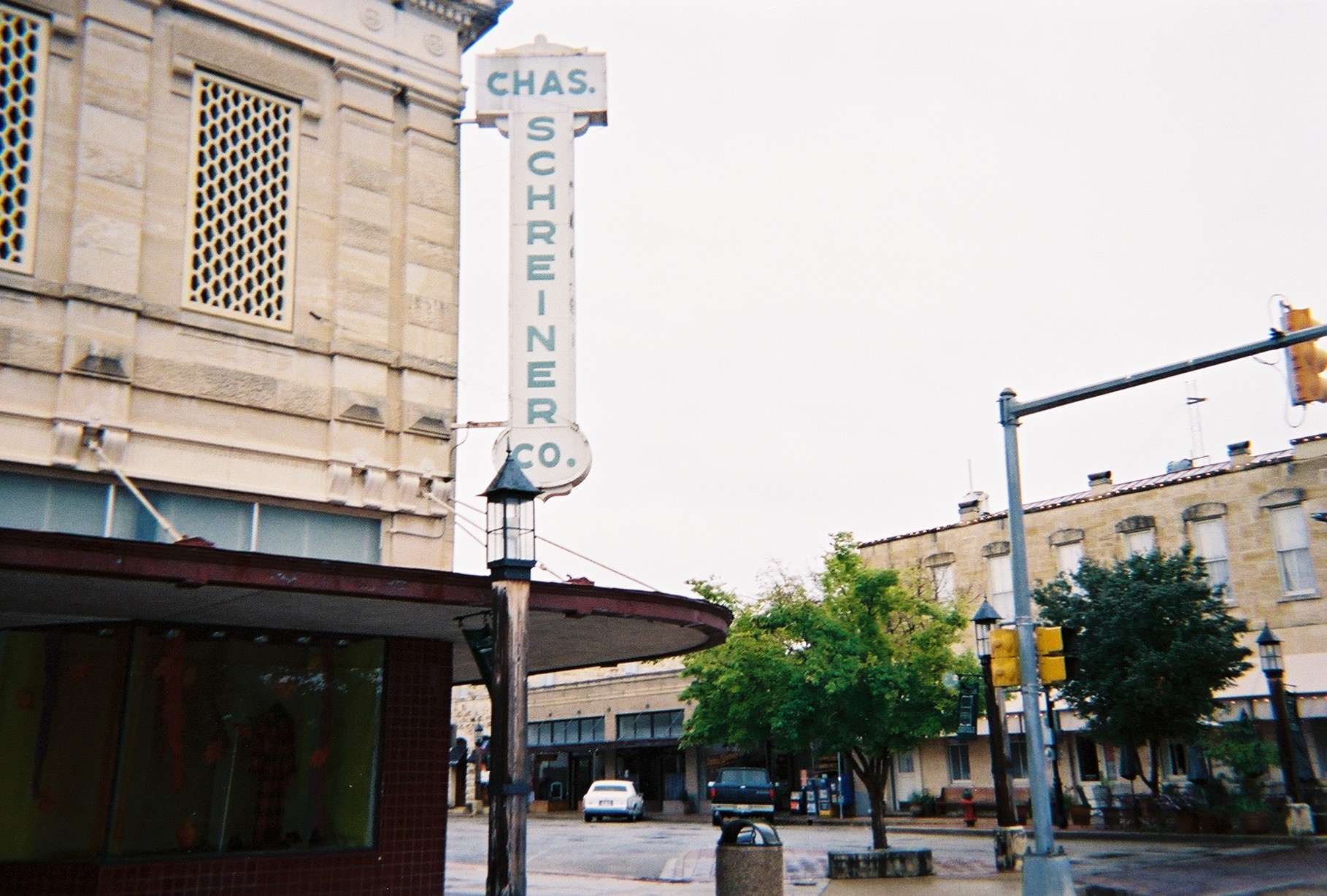

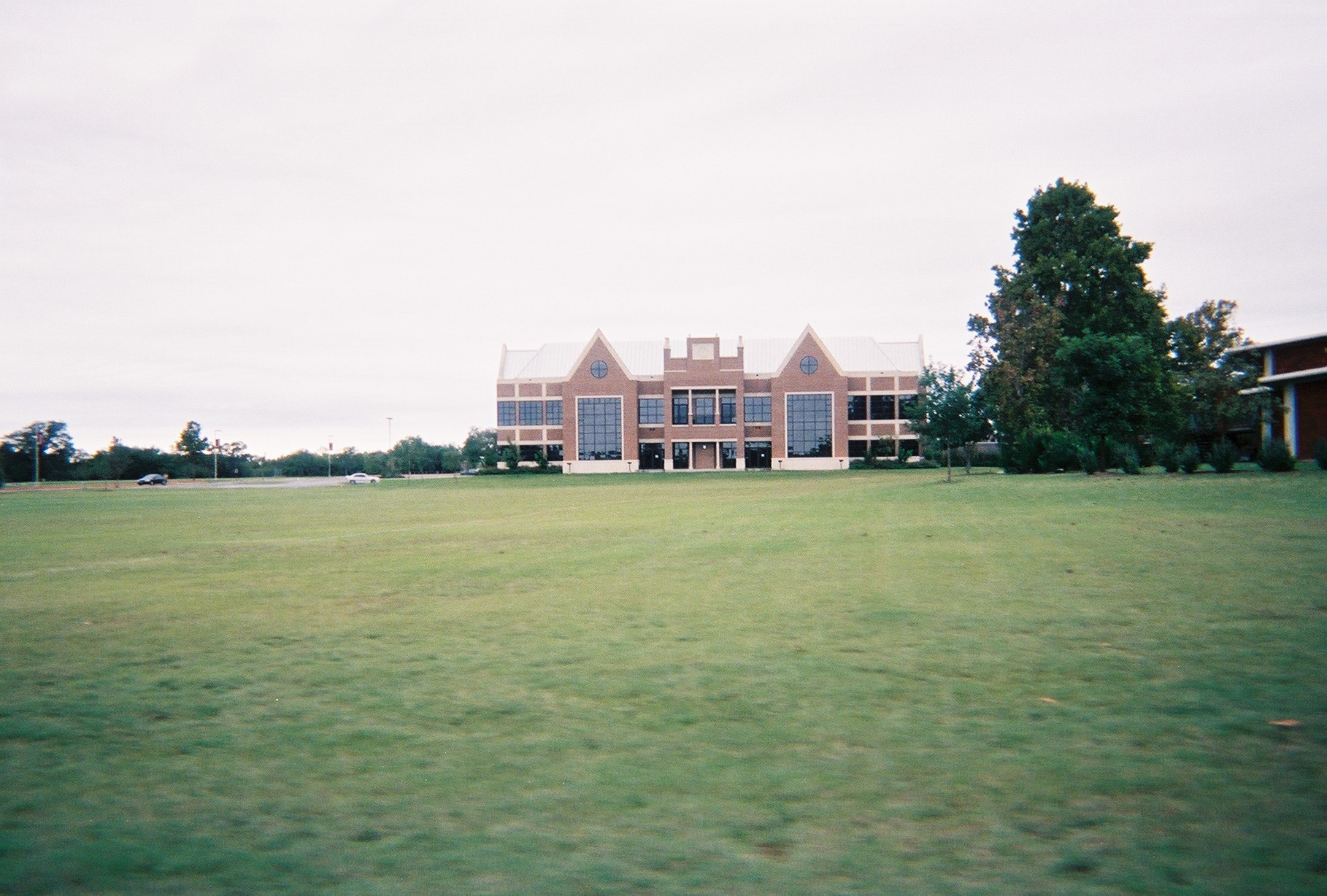
THE DOWDY TRAGEDY
The Dowdy Tragedy of 1878 happened quite abruptly just outside of Kerrville. The pioneer family of Susan and James Dowdy moved to Kerr county in 1878 and settled along the Johnson Creek. Not long after arriving, four of the Dowdy children, Alice, Martha, Susan, and James, were killed by Indians while tending to sheep near their home. The attack occurred on October 5, 1878. The victims were buried the following day at Sunset Cemetery. This incident was one of the last Indian raids in Kerr county.
RAILROAD SERVICE
For years Kerrville and Fredericksburg battled for railroad routes. Kerrville eventually won the round for railroad service. The San Antonio & Aransas Pass railroad reached Kerrville in 1887 and the first train arrived on October 6.
CITY GOVERNMENT
In 1889, Kerrville incorporated and an aldermanic form of city government was introduced. In 1891, a Volunteer Fire Department was established, the Kerrville Water Works Company began to provide water for the town dwellers in 1884, telephone service was introduced in 1896, and in 1912 the city began to pave streets. A commission form of city government was adopted in 1917 by the town and then changed to a city-manager form in 1928. While sticking with the city manager, the town adopted a home rule charter.
H-E-B
In 1905, a young woman by the name of Florence Butt purchased wholesale groceries and opened a small store in Kerrville later in the year with $60. Howard, the son of Florence Butt, helped with the business. He delivered groceries in a child's wagon and then later on horseback. After serving in the Navy, Howard returned to Kerrville and managed the small family store with his mother. In 1921, the store was converted from charge and deliver to cash and carry. Four expansions were attempted - a feed store in Kerrville and grocery stores in Center Point, Junction, and Brownwood - all four failed. Attempts were also made in Eagle Pass, Uvalde, and Crystal City which failed. In 1926, Butt opened a store in Del Rio that became a success. Butt moved to the Rio Grande valley in 1928 and borrowed $38,000 to purchase three small stores. He began calling is stores H.E. Butt Grocery Company in 1935 and changed the name to H-E-B in 1946. The grocery business expanded throughout the Rio Grande Valley and South and Central Texas, reaching Corpus Christi in 1931, Austin in 1938, and San Antonio in 1942. In 1940, Corpus Christi became the new company headquarters. As one of the first to begin developing "one-stop shopping," he added a meat market, delicatessen, and bakery to his stores. H-E-B became one of the leading food retailers in South and Central Texas by the 1950s. By 1960, H-E-B operated over 80 stores and its own food processing and distribution facilities. Howard Edward Butt died at the age of 95 on March 12, 1991 in Corpus Christi. At the time of his death there were more than 170 H-E-B supermarkets. {8}KERRVILLE STATE HOSPITAL
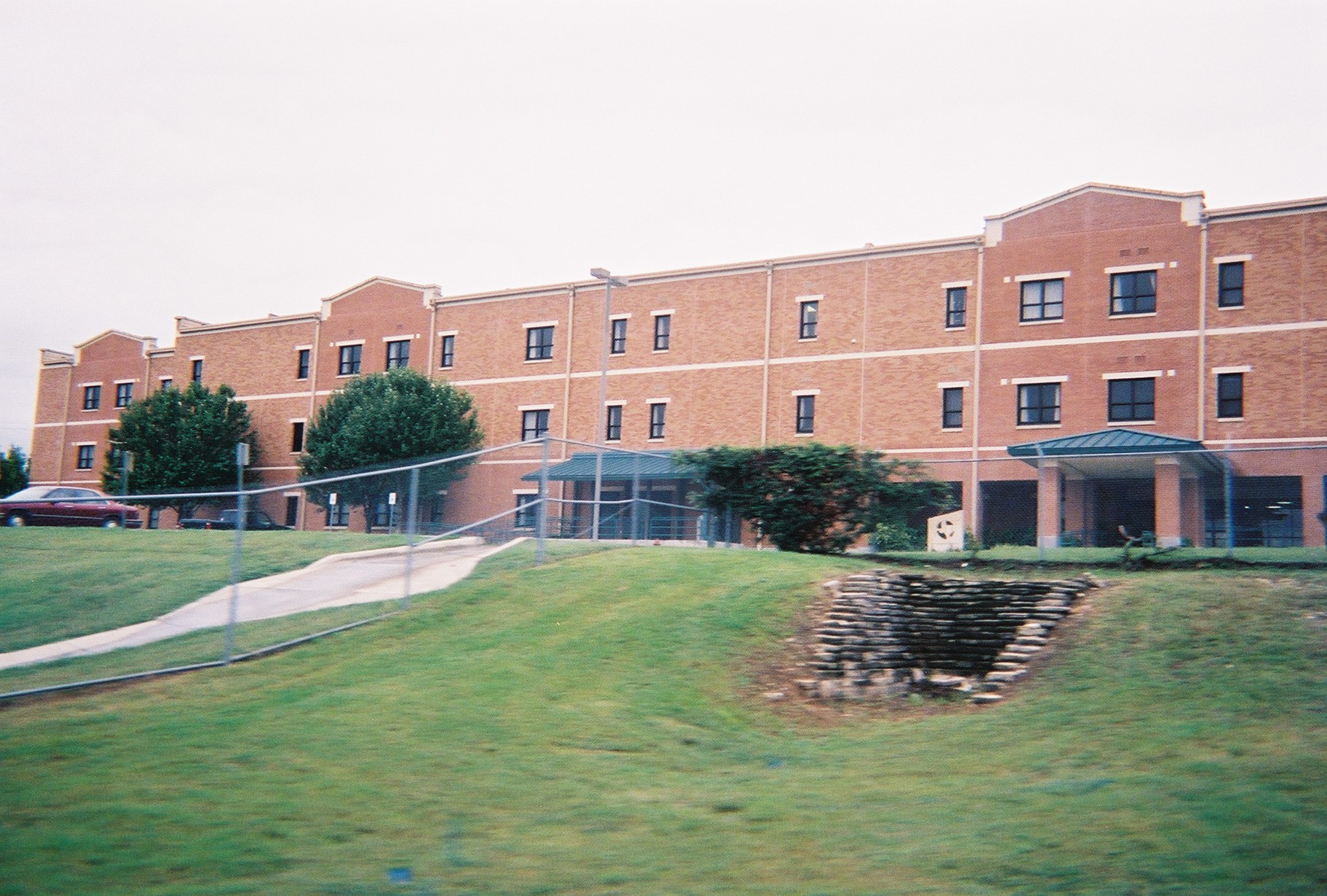
In 1915, 1,000 acres were sold to a group of San Antonio investors by a dude ranch named My Ranch. The ranch was converted into the Mountain Park Sanatorium for patients with tuberculosis. In 1917 the property was purchased by Dr. Sam E. Thompson. He operated his famed Thompson Sanatorium there until 1936. The property was then acquired by the state of Texas for $80,000. The previous year the 44th Texas Legislature had appropriated $200,000 for the establishment of a tuberculosis hospital for black patients. On June 1, 1937, the facility opened as Kerrville State Sanatorium for Negroes under the direction of H.V. Swayze. The center closed in 1944. In May of 1951, the state reopened the facility as a branch of the San Antonio State Hospital serving 119 women with mental illness. On September 1, 1952, the hospital became known as Kerrville State Home. By 1959 the hospital had grown to 1,200 resident patients. The hospital had buildings located on 41 acres with an adjacent 258 acres that included a small lake. Within the same year the Texas legislature changed the name to Kerrville State Hospital. "By the early 1970s the hospital had begun changing its emphasis from providing custodial-type institutional care to instead providing individualized psychosocial treatment with an emphasis on the return of patients to the community." {8}
LOUIS SCHREINER FIELD
In 1918, Louis Schreiner received an eighth of his father's, Charles Schreiner's, estate. Louis Schreiner donated land for the first airport in Kerrville which was named Louis Schreiner Field. Land was also donated for the Veterans Administration Hospital, the Texas Lions Camp for Crippled Children, and a state agricultural building. Schreiner also gave two dormitories to Schreiner Institute, a college and prep school founded by his father. Louis Schreiner also helped to organize the Kerrville Rotary Club and was the Treasurer of Masonic Lodge Number 697 for 50 years.
Kerrville is a gorgeous town no matter where you are. There is history all over and history worth finding if there is a will to look for it. "Little of "old Kerrville" remains, and what does remain stands obscured by Kerrville's ebullient ever-expanding present. It is certainly the Hill Country's liveliest city." {10}
INTERVIEWS:
Kenneth: I have been here all my life. I don't think I could ever leave. Once you live in Kerrville, you won't want to leave. My grandfather and his family lived here, and this is where my parents were raised so it seems like this is where I belong.
Denise: After retiring my husband and I looked at several different towns and Kerrville definitely was the most unique. We love it here. Hopefully this is where we can spend the rest of our retired lives.
PHOTOGRAPHS:
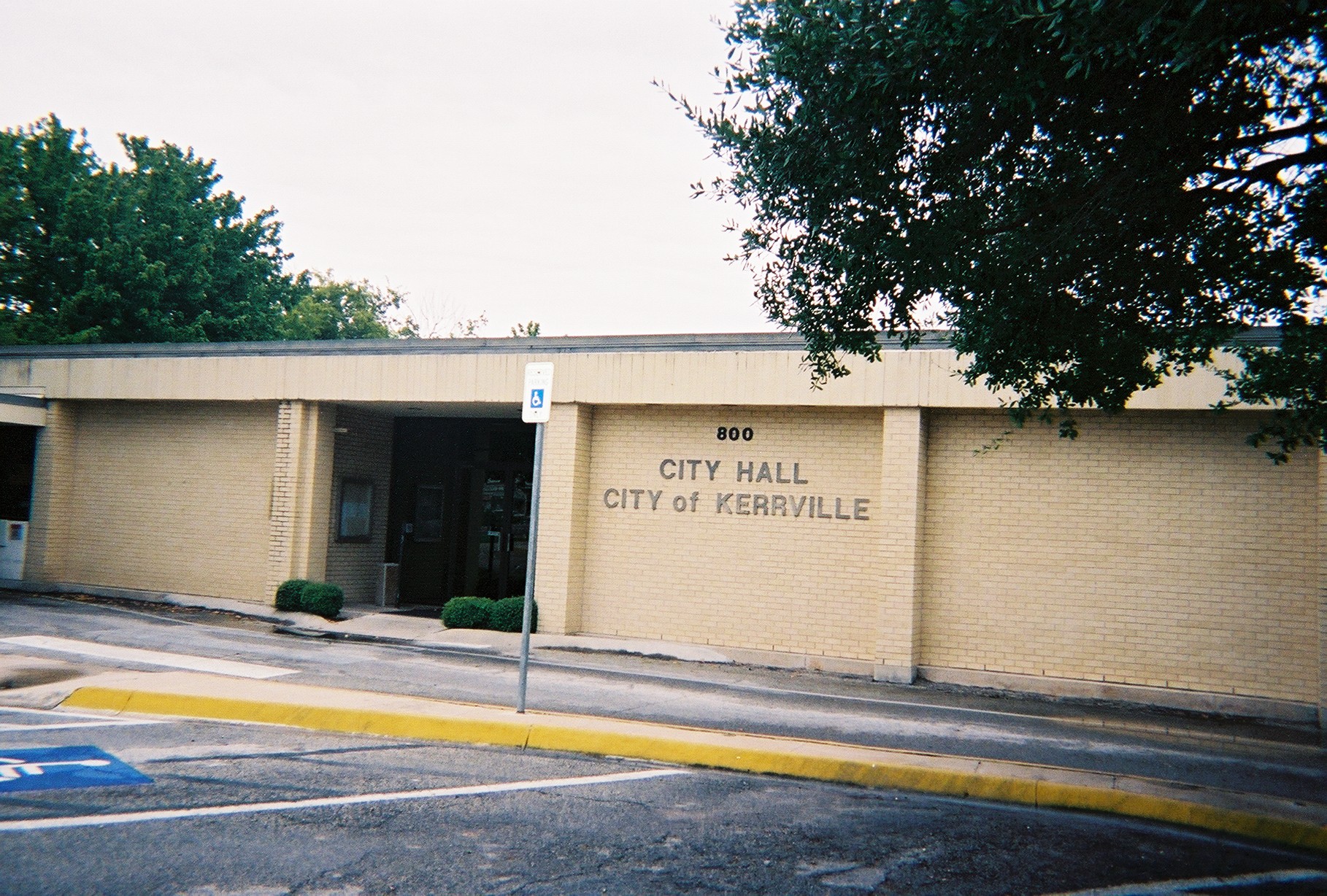
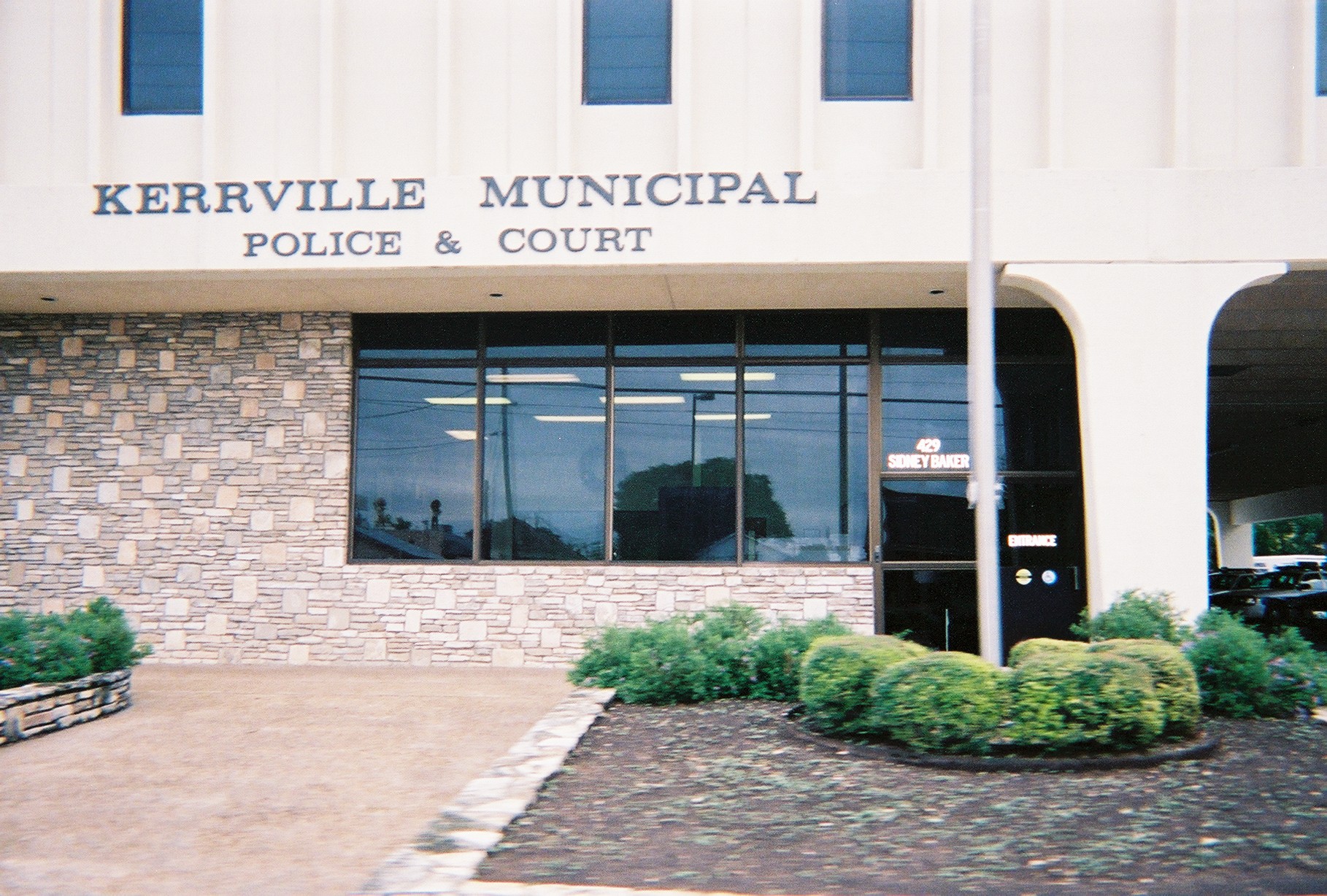
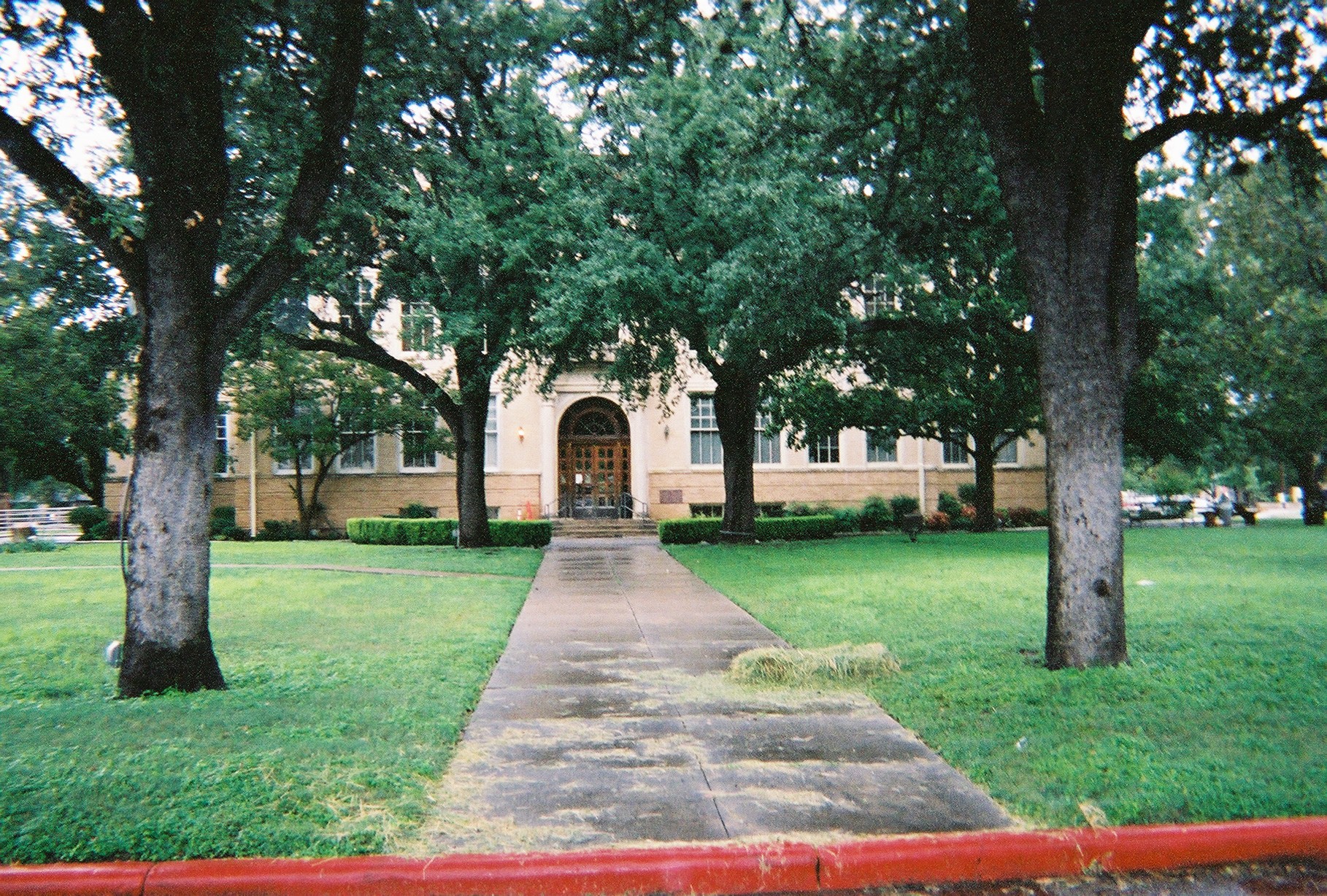
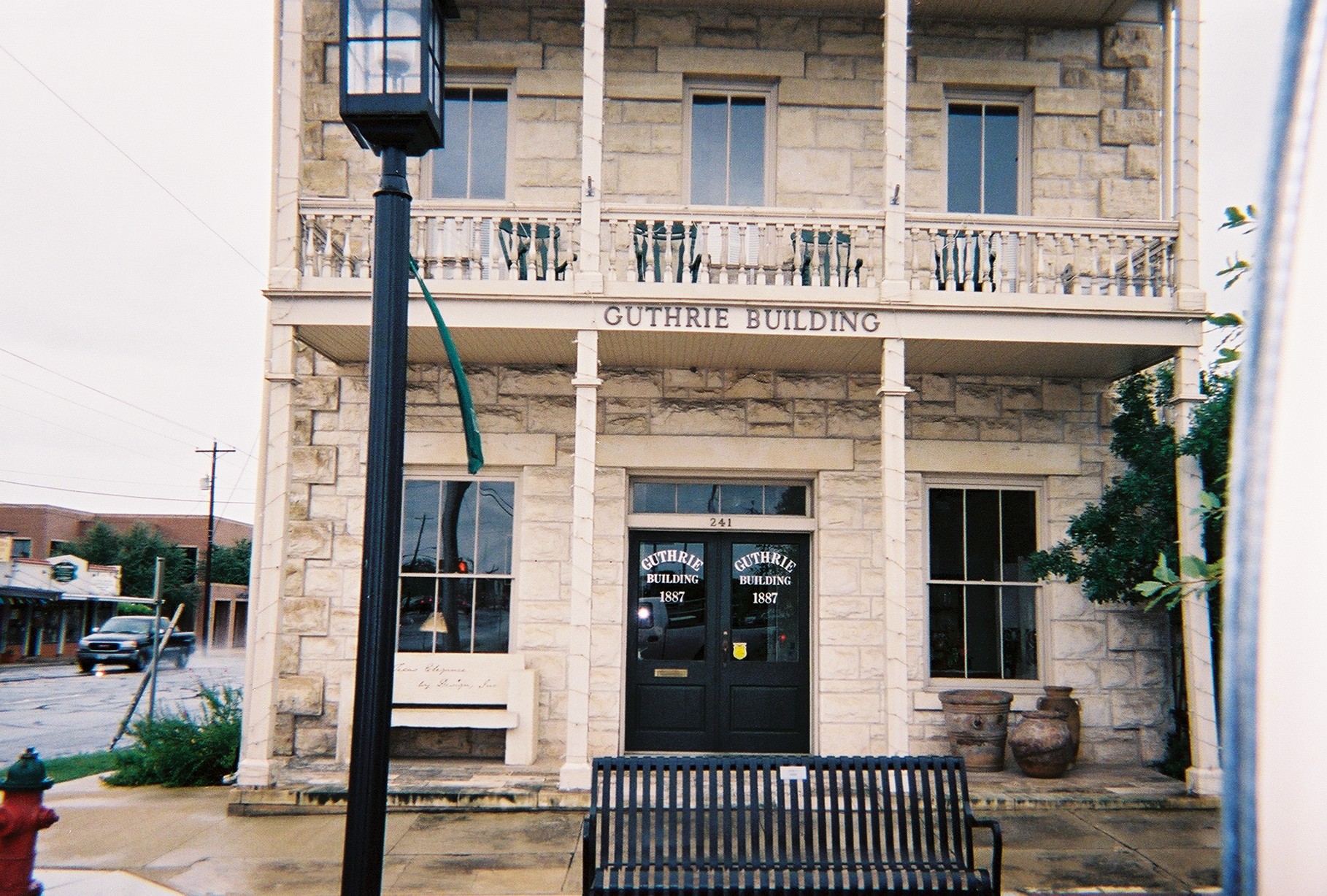
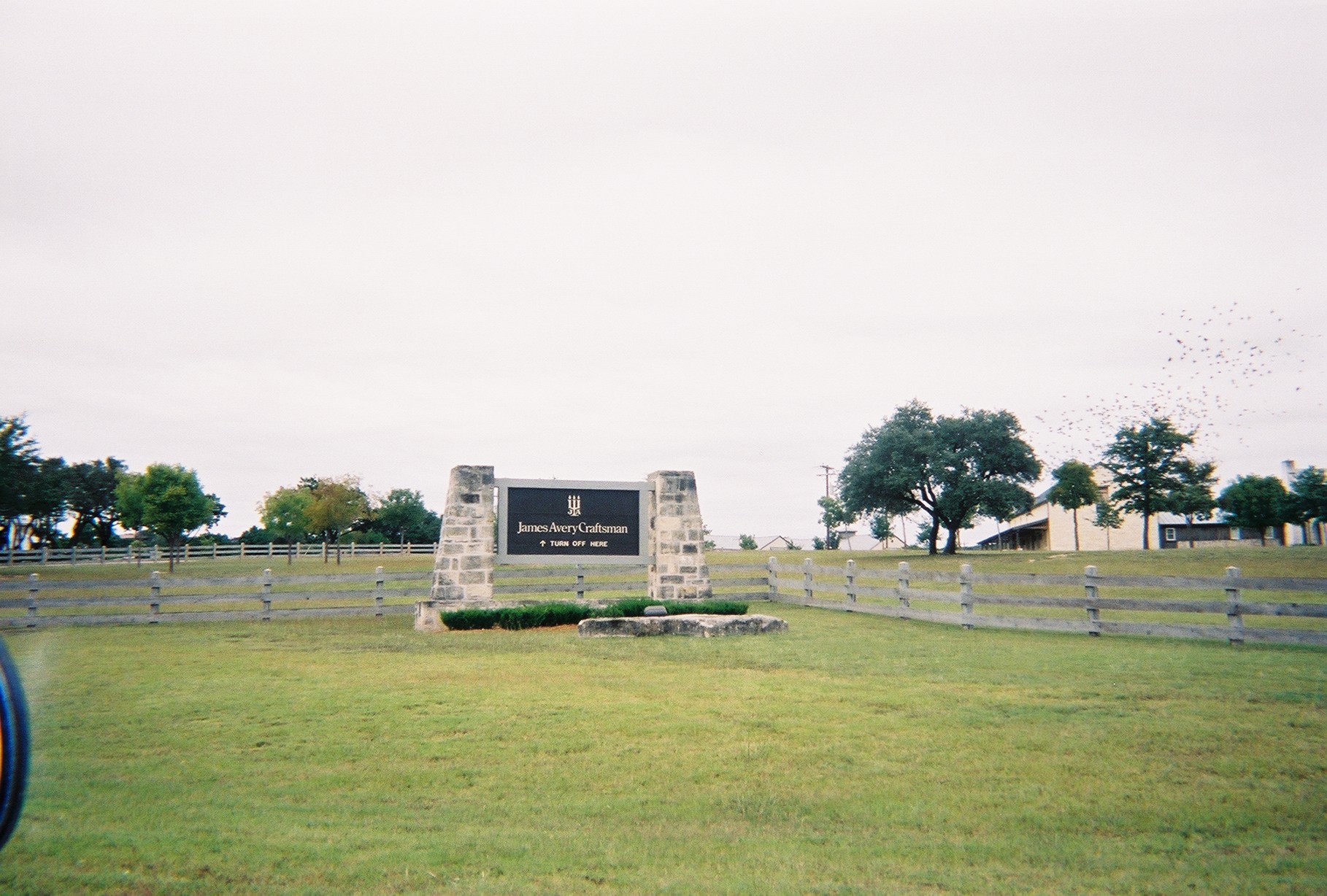
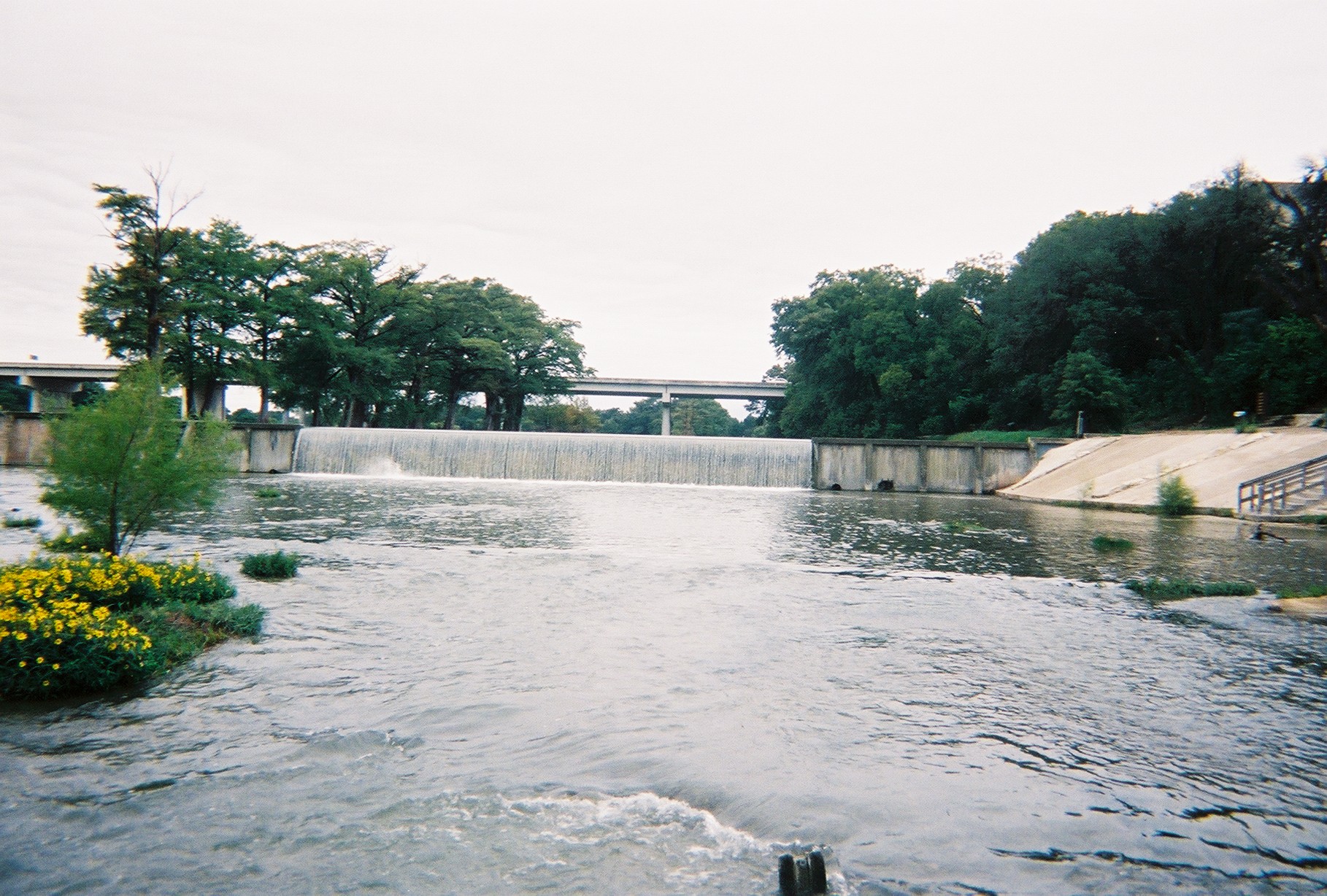
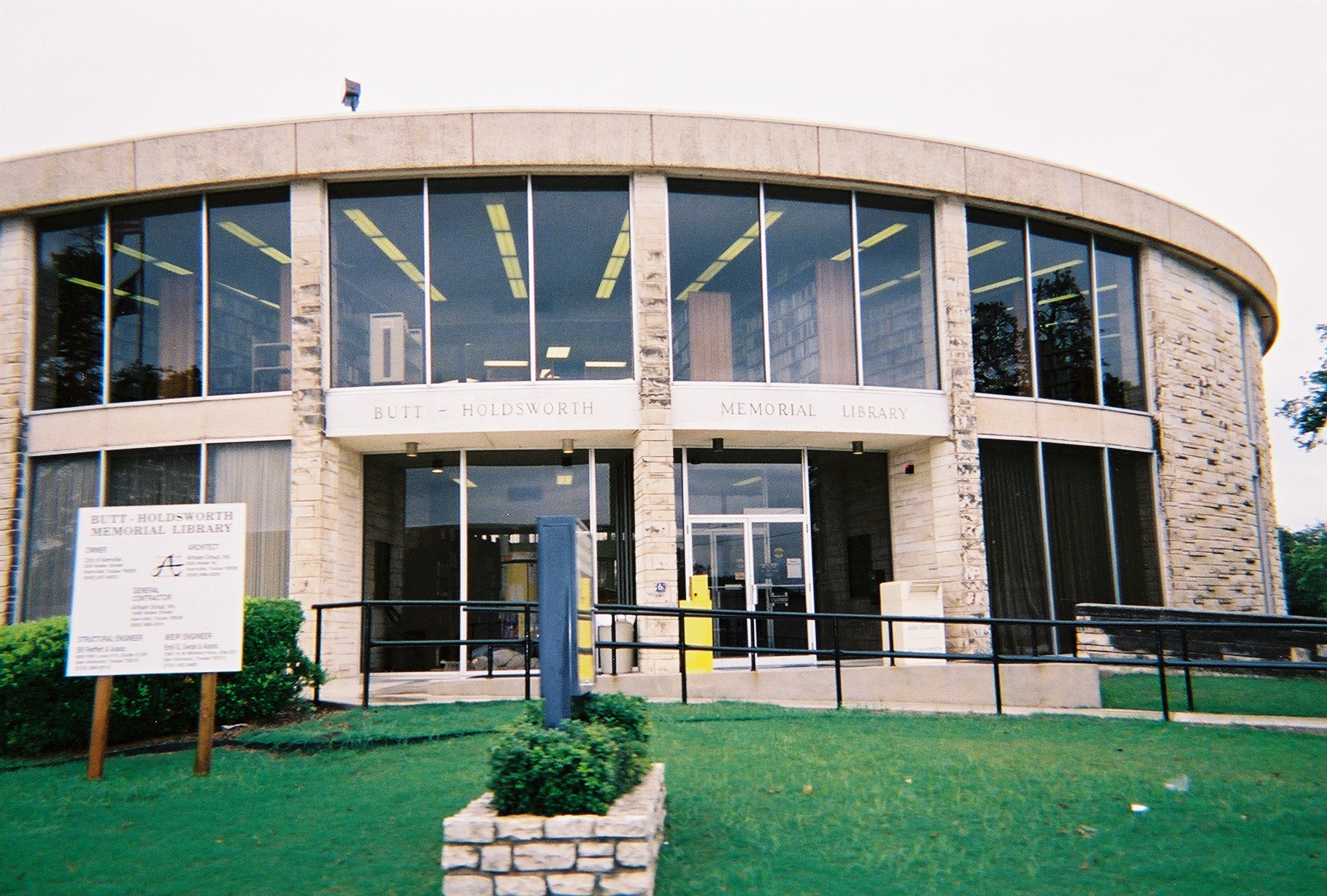
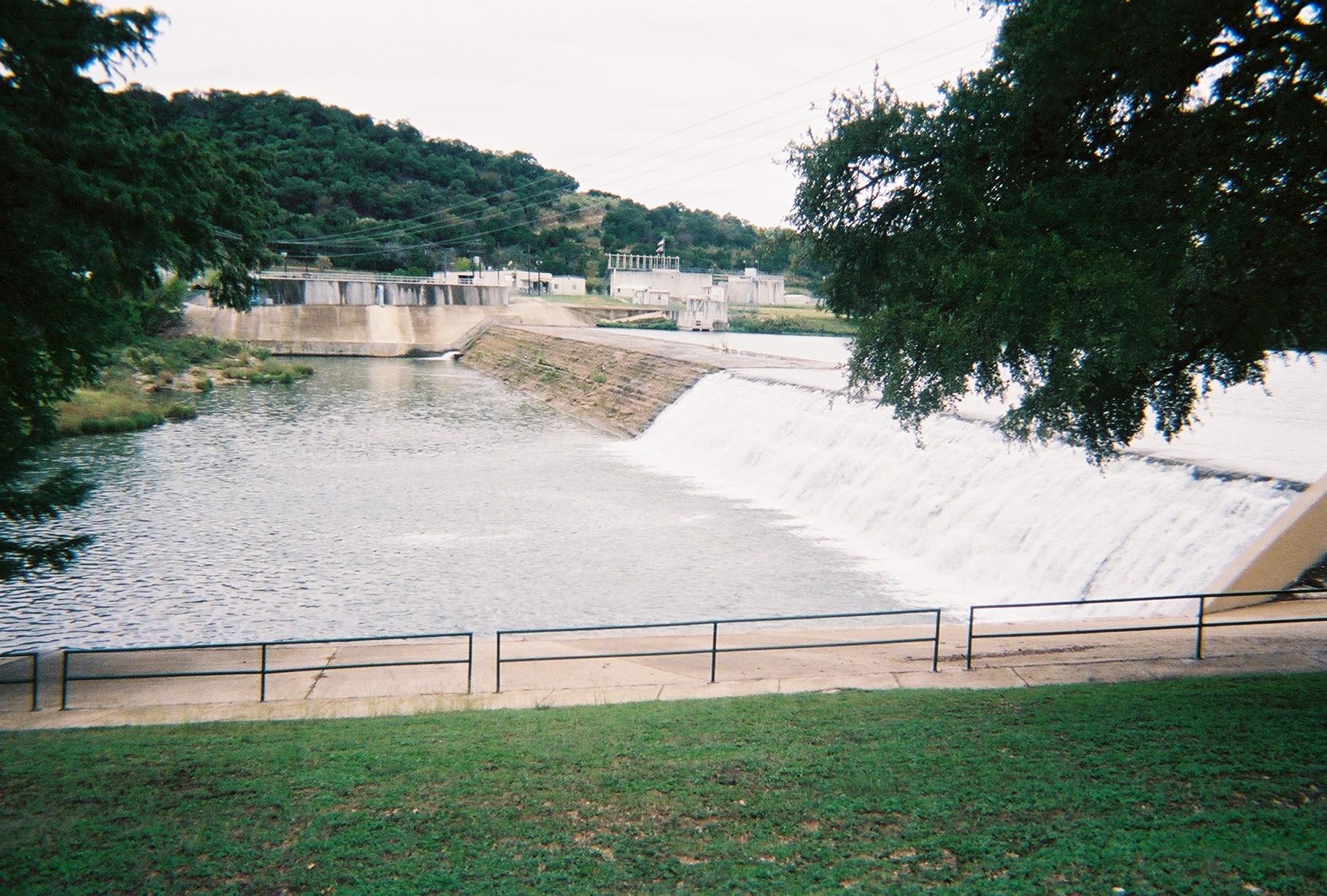
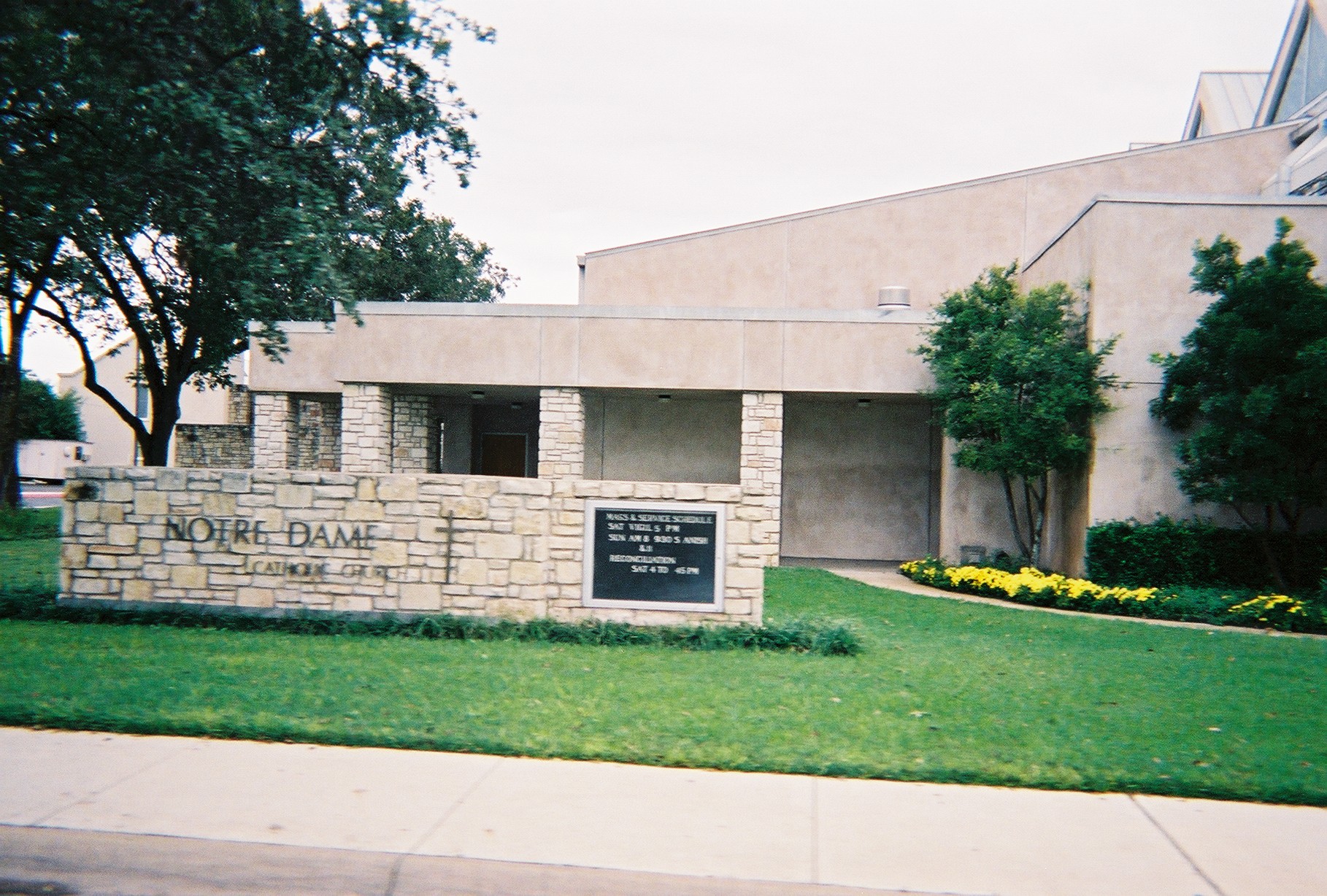
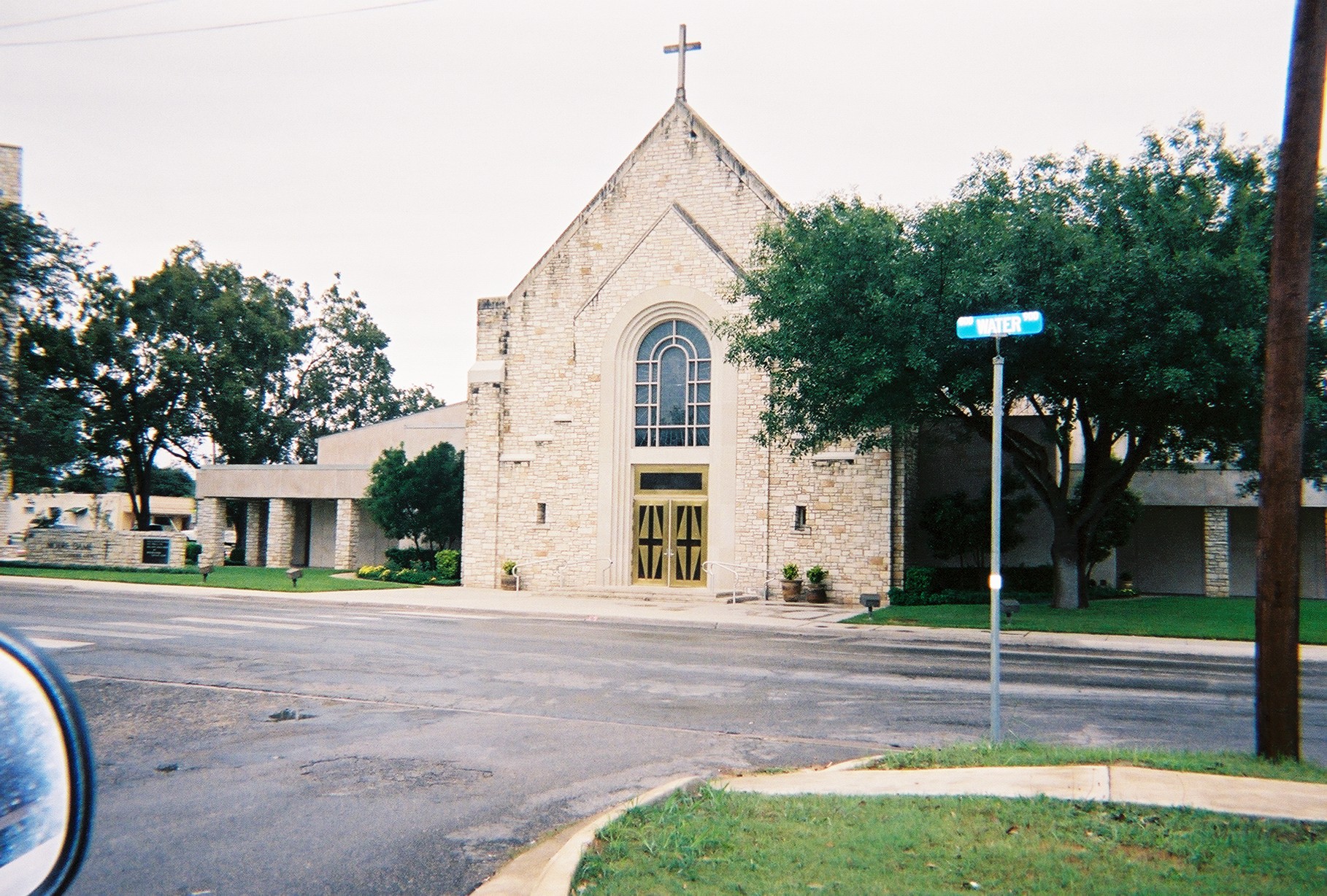

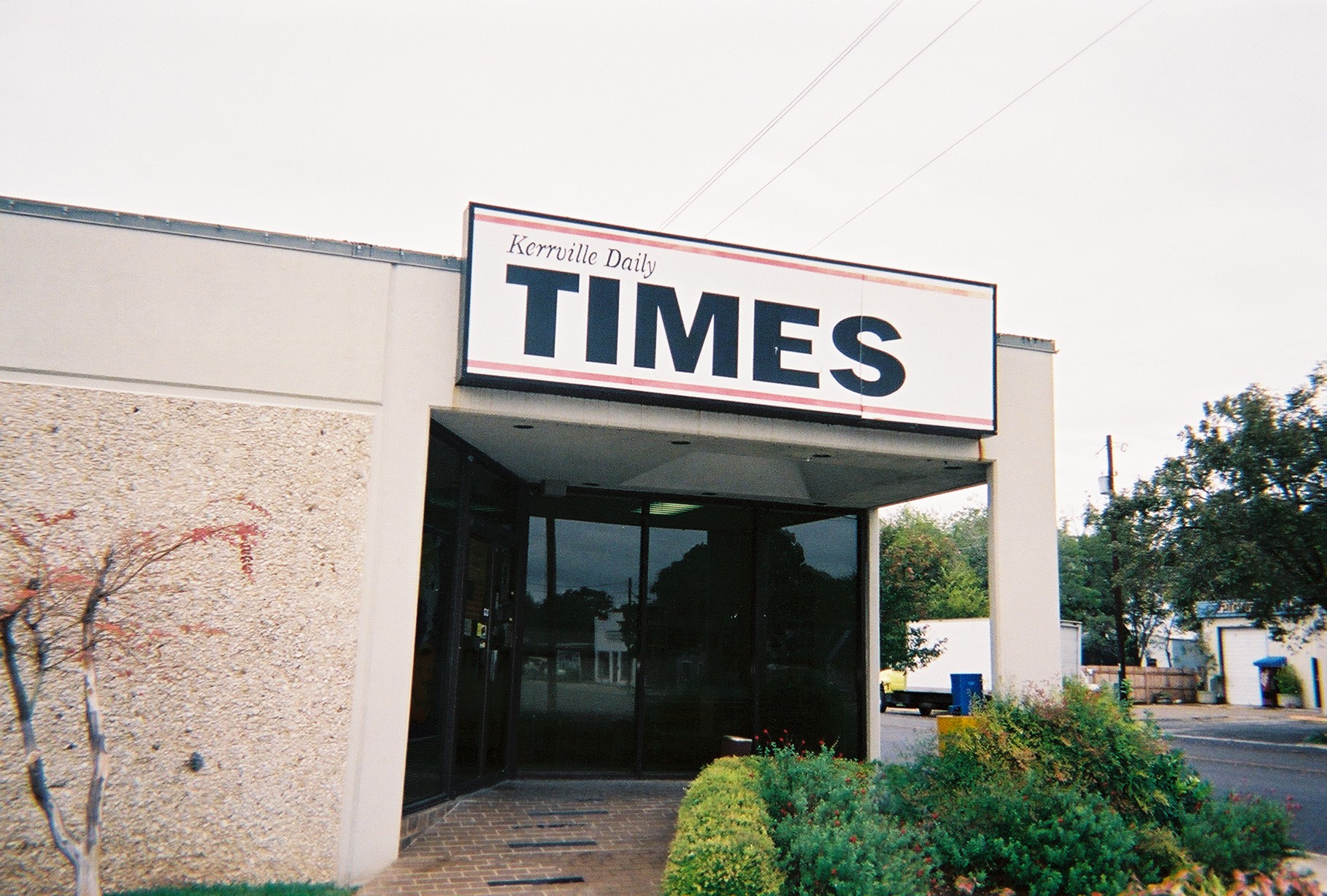
WEBSITES:
KerrvilleVETERANS AFFAIRS MEDICAL CENTER, KERRVILLE
ANNOTATED BIBLIOGRAPHY:
1. Baker, B.C.W. A Texas Scrap Book. Austin: Texas State Historical Association, 1991.
2. Branton, Marissa. Interview. Kerrville. October 2002. 13 October 2002.
3. Branton, Marissa. Interview. Kerrville. October 2002. 13 October 2002.
4. Dictionary of Texas: Historical Places. Volume 2. New York: Somerset Publishers, Inc., 1996.
5. Encyclopedia of Texas. Michigan: Somerset Publishers, Inc., 1985.
6. James, Gary. The Texas Guide. colorado: Fulcrum Publishing, 2000.
7. Syers, Ed. Backroads of Texas. 2nd Edition. Houston: Lone Star Books, 1988.
8. The New Handbook of Texas. Volume 3. Austin: Texas State Historical Association, 1996.
9. The Texas Historic Magazine. www.texasescapes.com, October 27, 2002.
10. Zelade, Richard. Hill Country. 2nd Edition. Austin: Texas Monthly Press, Inc., 1987.